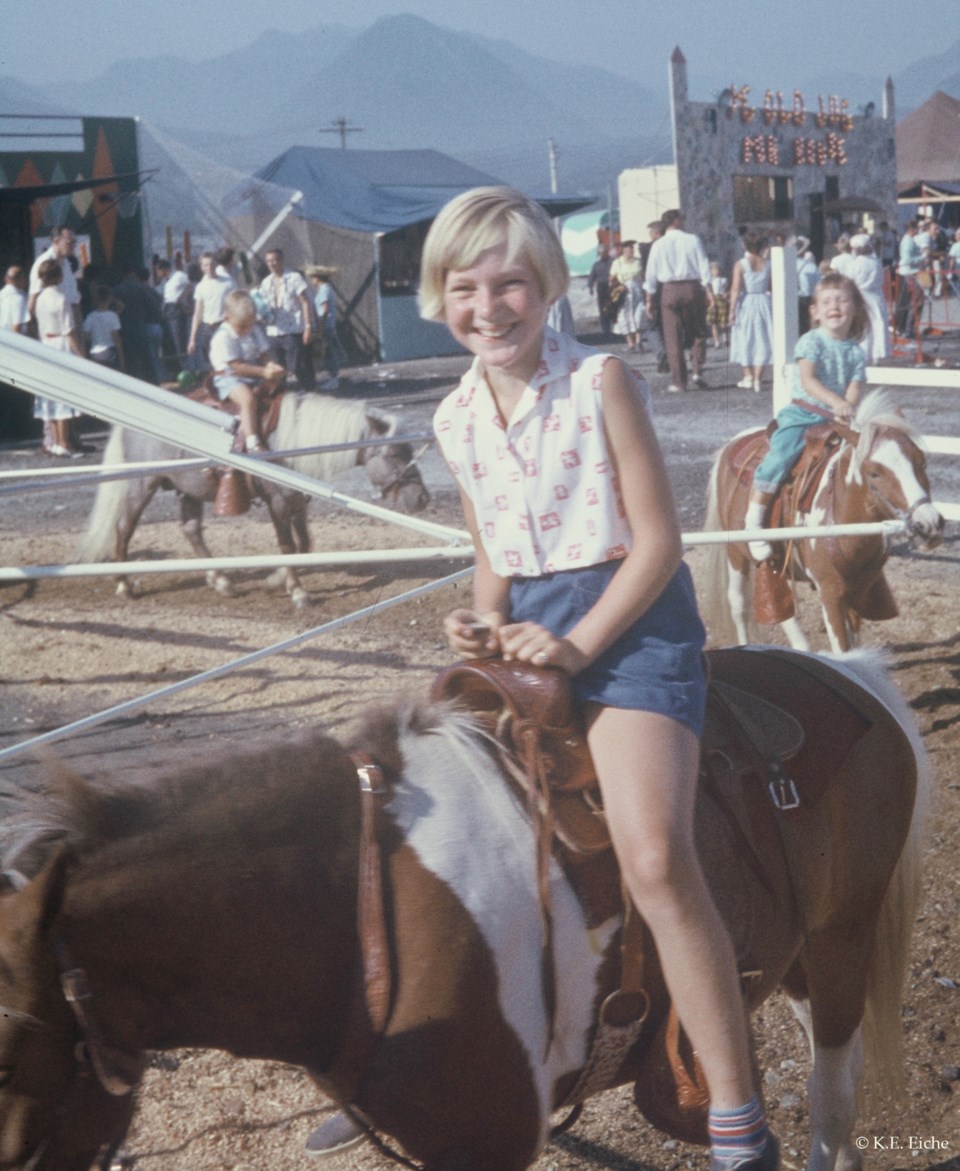When December turns into January, the calendar moves from the old to the new year, but it strikes me that August often plays much more of an exit-entrance role in our lives than January does.
It was the Roman Emperor Julius Caesar who in 46 BC created the calendar that became known as the Julian calendar. He began the new year on the first of January, which conveniently synchronized with the start of the consular year, since that was the day new consuls entered office. January was named after Janus, Roman god of doors and gates, who has both a backward- and a forward-looking face. Another change was made around that time when the old ten-month Roman calendar was increased by two months – first with the addition of July, in honour of Julius Caesar, and then a few years later, with August, in honour of the Emperor Augustus. However, an error in the Julian calendar led to it being misaligned with the solar year, which proved to be a problem for religious feast days. The mistake was corrected in 1582 by Pope Gregory XIII, whose calendar is known as the Gregorian calendar, and it is the one we still use (except for the Eastern Orthodox Church, which follows a version of the Julian calendar).
August is the month of change, of transition. In the northern hemisphere, August is when preparations for the main harvest start – the end of the growing season draws near, and at the same time the work to preserve foodstuffs for the winter begins. August is when the days grow noticeably shorter and the morning air is tinged with autumnal smells, the perceived end of one season and herald of another. August is when the summer holidays end for most children and a new year begins at school.
August is also the month when Vancouver holds the two-week PNE fair (operated by the Pacific National Exhibition, which was known as the Vancouver Exhibition Association from 1907 to 1946). The first fair took place in 1910. It was then called the Industrial Exhibition, and during the early years it focused on the region’s industry and agriculture. Many innovations were introduced to the local public at the PNE, such as the rotary telephone and the lawnmower.
My first visit to the PNE was in 1957, not quite a year after we’d immigrated to Canada. The fairs that I knew from my small hometown in Germany were very different, in scale, content and purpose. As I remember it, back in the fifties, the PNE had many stands and displays for the adults, but fewer entertainments geared towards children. In Germany, there was a preponderance of elaborate carousels and rides at the fairs. You were offered a variety of sweet treats, such as gingerbread hearts, which came with a long ribbon attached so that you could hang them around your neck. At the PNE, instead of eating sweets such as gingerbread hearts, I had my first taste of corn on the cob. My parents were amused because in Germany, corn (known as maize there) was what you fed to pigs.
The PNE closes on Labour Day, by which time the rites of August have become part of the summer that was. For children, and their families, the focus is now on the next stage in their lives.
Sabine Eiche is a local writer and art historian with a PhD from Princeton University. She is passionately involved in preserving the environment and protecting nature. Her columns deal with a broad range of topics and often include the history (etymology) of words in order to shed extra light on the subject.



